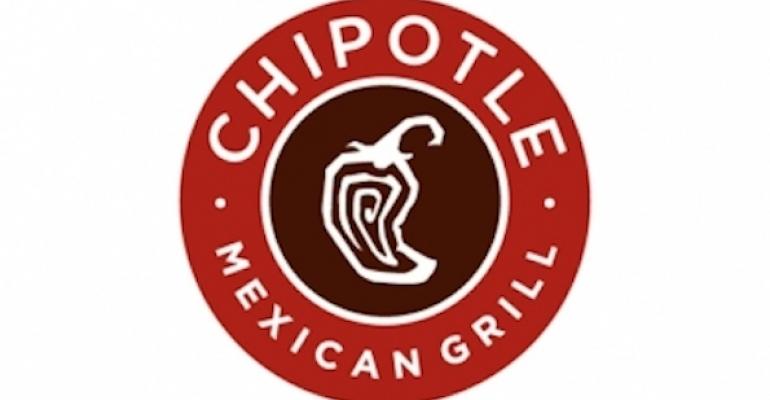 This post is part of the On the Margin blog.
This post is part of the On the Margin blog.
This morning, Chipotle Mexican Grill began a renewed push to convince its customers that its food is safe, one year after its crisis began. In the process, its chief marketing officer, Mark Crumpacker, told the Associated Press the company wanted to get back the customers it lost to McDonald’s Corp. and to “knockoff” Chipotles.
But that’s not quite what’s happening. In reality, it’s not clear where Chipotle’s customers are eating when they opt against a burrito.
Trying to judge where consumers go is always risky. Evidence is sketchy on this at best. And, we tend to assume in this business that customers leap from one chain restaurant to another, while ignoring the wealth of independent competitors out there as well as the local grocer. But that’s not true. In fact, Chipotle’s experience shows why we have no idea what customers do when they abandon a restaurant.
Chipotle’s sales decline has been stark. Its same-store sales have fallen 14.6 percent, 29.7 percent and 23.6 percent in the past three quarters.
Its revenue in that time has fallen by more than $500 million. Considering that the chain would likely have increased sales by roughly 10 percent over that time period, the chain’s lost revenue is at least in the $800 million range from the crisis. That’s a lot of money.
Conventional wisdom when the crisis began was that Qdoba and Moe’s Southwest Grill, the privately held chain based in Atlanta, would get a real benefit from Chipotle’s weakness.
That hasn’t happened at all. We only have annual system sales data for Moe’s, but that chain’s system sales growth slowed last year, versus the previous year, from 15 percent to 12 percent, according to Nation’s Restaurant News Top 100 data. That said, last year included only one quarter in which Chipotle was weak.
We have better numbers for Qdoba, part of publicly traded Jack in the Box. And Qdoba’s same-store sales have actually weakened right along with Chipotle.
Qdoba works off a different fiscal year than Chipotle, and its quarters end on different dates. But in the spring of 2015 its same-store sales rose 7.7 percent. Qdoba's same-store sales slowed as the year went on and, by the quarter ending Jan. 18 — the period corresponding to some of Chipotle’s weakest sales — the chain's same-store sales rose just 1.8 percent.
In the most recent quarter, Qdoba's same-store sales rose just 0.6 percent, even though Chipotle’s same-store sales fell 23.6 percent.
McDonald’s is a little bit more complicated. Its same-store sales did accelerate in that time frame, from -2 percent in the second quarter last year to 5.7 percent in the fourth quarter and 5.4 percent in the first quarter. It slowed in the second quarter to 1.8 percent as Chipotle’s results “improved."
But McDonald’s same-store sales improvement has been built largely on average check and menu prices, while traffic growth has been modest. And the chain’s all-day breakfast has been a boon to the company in that time. That probably earned it some of Chipotle’s abandoned customers, to be sure.
Another potential beneficiary was Panera Bread. And its same-store sales growth over the past five quarters peaked at 4.7 percent in the same period when Chipotle’s performance was worse. Of all the publicly traded restaurant chains out there, Panera’s locations correspond most closely with Chipotle’s.
Ultimately, it’s too difficult to tell where those customers are going, but the likely answer is that they’re not going to “knockoffs,” but rather to a lot of different places — or they’re eating out less overall because that’s what everybody else appears to be doing this year.
Contact Jonathan Maze at [email protected]
Follow him on Twitter at @jonathanmaze

